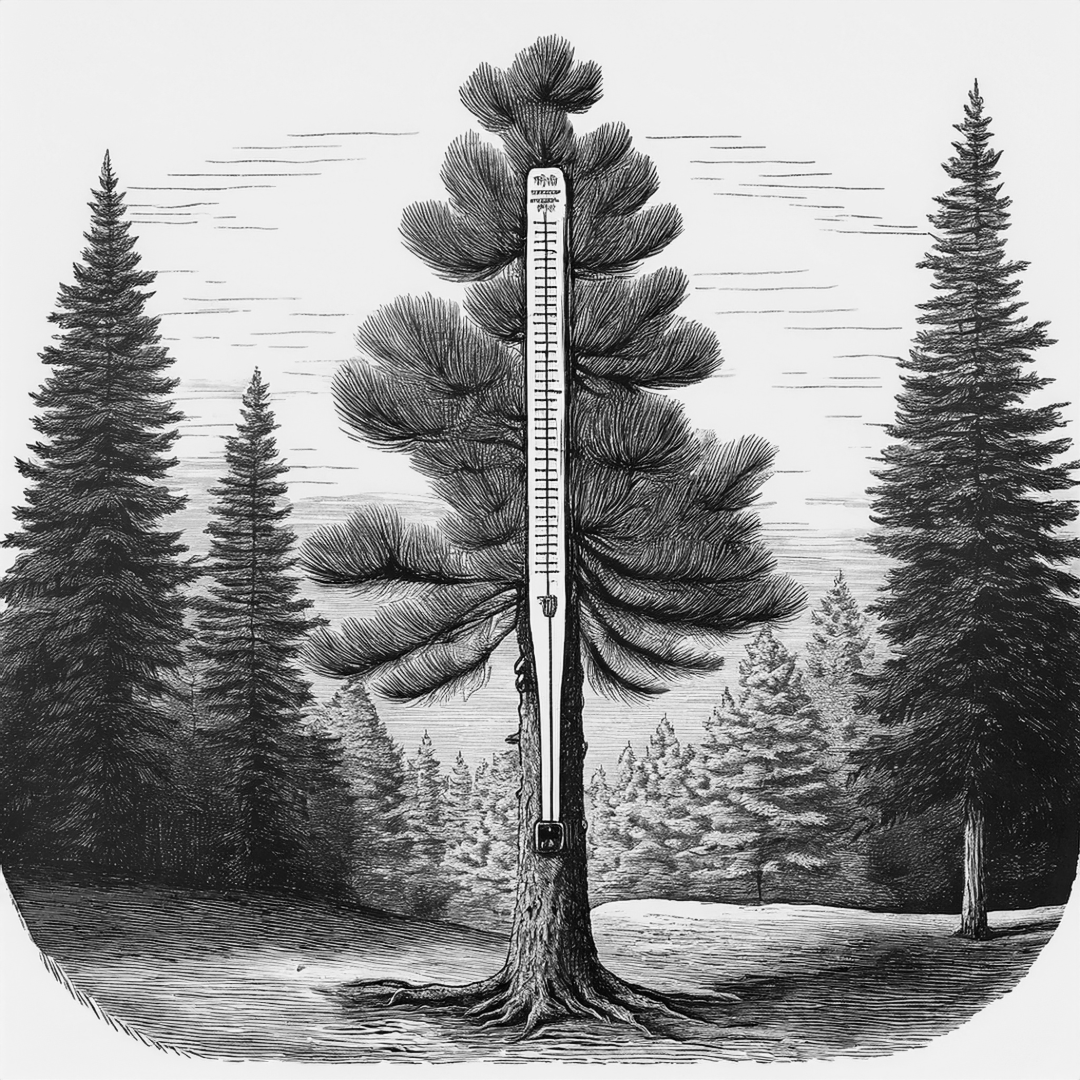BIRMINGHAM, Ala. – A fungal disease is spreading across Alabama’s pine forests, threatening loblolly pines and prompting state forestry officials to urge landowners and residents to be on alert.
The Alabama Forestry Commission reports that brown spot needle blight has been detected in increasing numbers, especially in west Alabama, as recent mild and wet weather has created conditions favorable for the fungus. The disease causes brown spots with yellow halos on pine needles, premature needle drop and thinning canopies. Forestry experts say affected trees may suffer stunted growth and become more susceptible to pests such as bark beetles.
While brown spot needle blight has traditionally affected longleaf pines, loblolly pines are now showing signs of infection, according to the commission. The disease often starts in the lower branches and can move upward if wet weather continues, but officials expect the spread to slow as summer brings drier conditions.
The Forestry Commission recommends that landowners inspect their trees regularly for symptoms and report any suspected cases to local forestry offices. Early detection is important, and laboratory testing can confirm the disease. Forestry officials also advise against pruning during wet weather, sterilizing tools between uses and choosing disease-resistant seedlings when planting new trees. Fungicides may help in some cases, but prevention and early intervention are key.
Residents can help by staying informed, supporting local forest health programs and reporting signs of disease. Healthy forests are vital to Alabama’s environment and economy, officials say, and community action can make a difference in protecting them.

